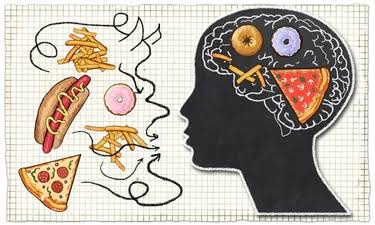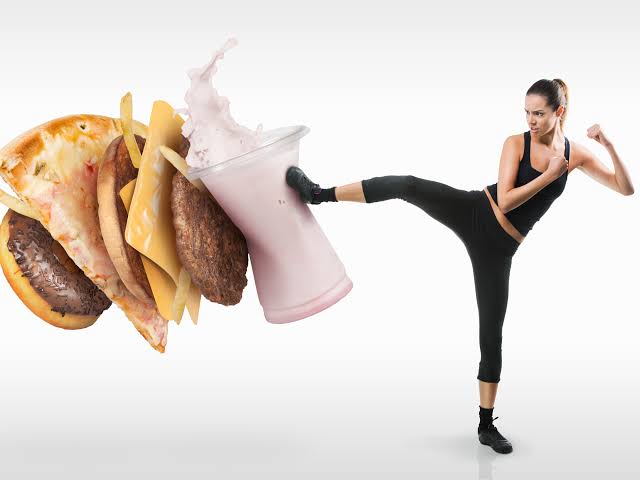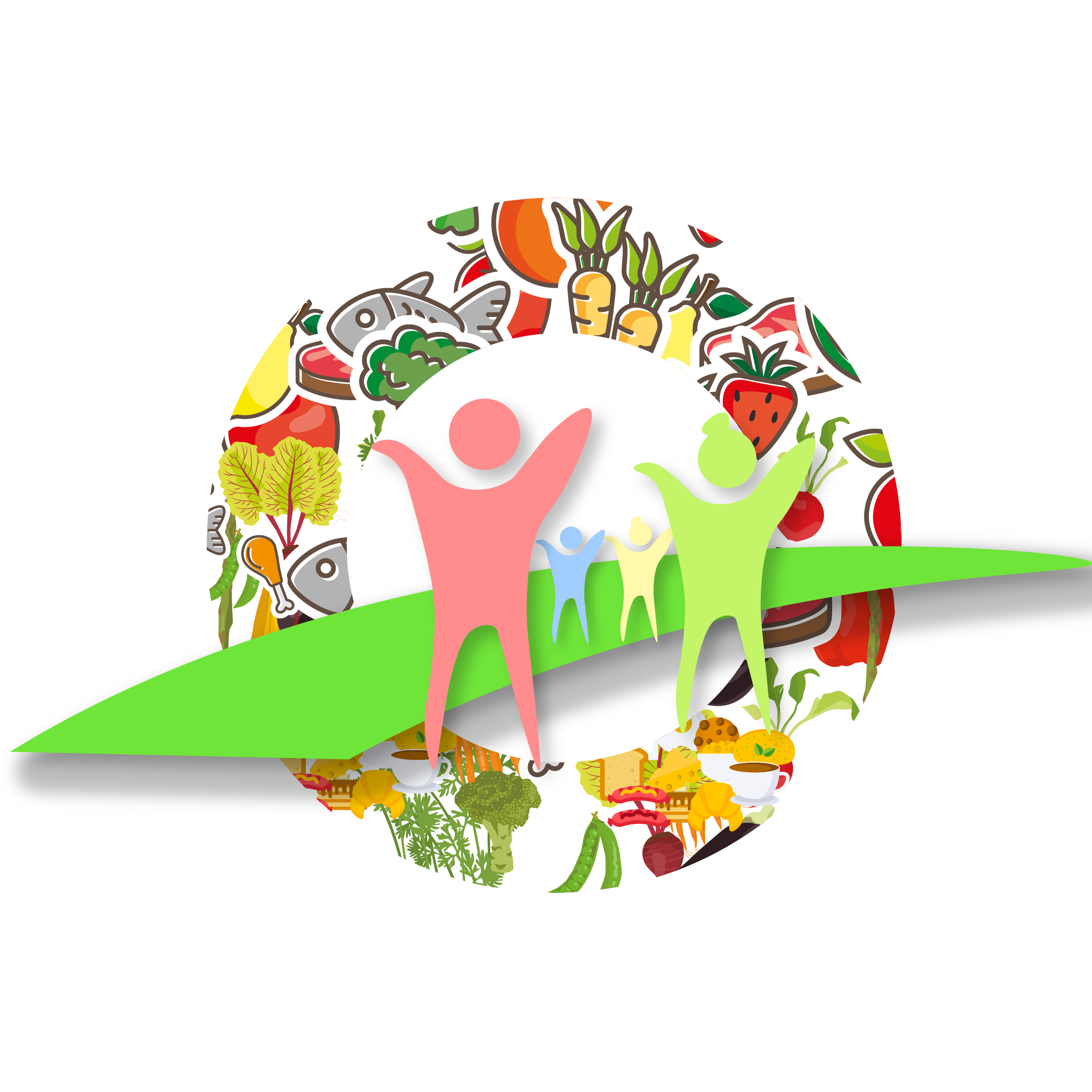Food is a necessity and everyone must eat to survive. The food contains natural sources of substances that affect the nervous system, making people react to food in different ways. It has been confirmed that some people cannot control themselves around certain foods. They react to the foods the way addicts react to drugs and substances.
It has been proven that certain foods give the same reaction that drugs and substances give in the brain1. While food addiction is not specified in the diagnostic and statistical manual of mental disorders (DSM), the standard classification used by mental health professionals to diagnose mental disorders, food addiction, share a similar neurobiological and behavioral framework with drug and substance abuse 2, revealing why most people cannot control themselves around certain foods no matter how hard they try.
Highly palatable foods, which are high in fat and sugar, trigger chemical reactions in the brain that induces feelings of pleasure and satisfaction in the reward center of the brain as do drugs and substances. Food addicts become dependent on the good feelings obtained from consuming these foods, promoting their continued eating even when they are full or not even hungry. This pattern further causes food addicts to eat beyond their nutritional requirements and satiety.

Lack of will power and indiscipline does not cause food addiction. Causes can range from biological e.g. hormonal imbalances, genetic, psychological e.g. abuse, and trauma and co-occurring disorders like eating disorders or substance abuse etc. Also, nutrition has been found to influence food addiction as Neurotransmitter- chemical messengers that transmit the message in the brain- dopamine have been found to cause a powerful effect on the brain chemistry 3 that leads to food cravings and then addiction.
Sadly, food addiction has been linked to physical consequences like obesity and type 2 diabetes 2 amongst other chronic illnesses. It is also associated with emotional and social consequences like depression and low self-esteem.
You may wonder? Does eating my favourite food always qualify me to be called a food addict?
This article will help you diagnose if you are among the millions caught in this web of food addition.

What then is Food addiction?
Food addiction is uncontrollable to eat food, especially junk foods. It is similar to other disorders like binge eating disorder, bulimia, etc. and is based on certain behavioural symptoms that include
- Craving for certain foods despite being full and/or having just finished eating
- Going extra miles to obtain certain foods
- Inability to resist the urge of eating certain foods and eating them more than intended
- Gorging in more food than one can physically tolerate
- Feelings of guilt after oversized eating of particular foods and eating them again sooner
- Making excuses why responding to food craving is best
- Setting goals to reduce the frequency of eating of such foods and failing
- Allocating cheat days or meals to incorporate those foods
- Hiding unhealthy foods from others and eating in secret
- Avoiding relationships and social functions to spend time eating certain foods
- Continue eating unhealthy foods in outrageous quantities despite knowledge of adverse effect physically and on health
- Uncontrollable and Increasing weight gain.
If more than four to five symptoms on this list are present, you could be caught in the web of food addiction alongside many already suffering from this condition.
Victims of food addiction will benefit from professional help. Attempting to deal with your addiction alone can further draw you into fear and isolation.
Read: how to break out of food addiction.
1. Blumenthal, D. M. & Gold, M. S. Neurobiology of food addiction. Current Opinion in Clinical Nutrition and Metabolic Care vol. 13 359–365 (2010).
2. Pedram, P. et al. Food Addiction: Its Prevalence and Significant Association with Obesity in the General Population. PLoS One8, (2013).
3. Rada, P., Avena, N. M. & Hoebel, B. G. Daily bingeing on sugar repeatedly releases dopamine in the accumbens shell. Neuroscience134, 737–744 (2005).
MATTHEW SILVERLINE (RDN)


